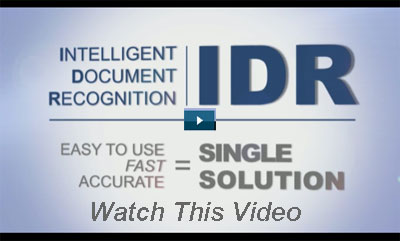A long overdue BPO Sales Model revolution is underway. New and converging technologies, a different brand of decision maker/buyer (including both technical and business influencers), and an ever-expanding number of customer options (e.g., in-house technology, hosted solutions, and subcontracting) have permanently altered the sales landscape.
Add to this, the fact that Business Process Outsourcers face the challenge of keeping costs in line while meeting ever-increasing performance and quality expectations. It’s definitely a new world. Remember the old days when BPOs sold by pushing information to prospects who had one way to get to know you? Today, we are all very aware that decision makers do their own research and get their bird’s eye view of BPOs their own way. And that’s a good thing. There’re lots of new ways prospects get to know BPOs through independent sites, and that can include existing client sites, articles in trade magazines, and technology partner sites. New clients don’t want a sales pitch. They want you to help them solve their problems.
Sales Model Essentials
We’ve seen the successful BPO Sales Model morph to an agile approach that requires a lot of initial footwork. It’s become essential to:
- Understand prospects and their primary business drivers,
- Establish credibility, and
- Build long-lasting relationships.
To ensure the prospect becomes the client requires forming a strong connection and then collaborating with them. That is, it takes a collaborative approach to gain the prospect’s confidence and “showing” rather than “telling” them that you can help solve their problems.
Interestingly, in many ways understanding the prospect’s challenges has only gotten easier because they parallel the problems that BPOs face themselves. Data is flowing into every business at exponential rates. It is more varied, increasingly complex, and requires more work to process. Prospects want to be leaner, more efficient, and more effective while providing higher quality and achieving greater ROI: the world, in other words. This translates into a great challenge to BPOs that are asked to provide expanded and also more-defined services.
Cost Reduction and Increased Efficiency
BPOs are looking to reduce costs and be more efficient. This may be in areas of automated classification to reduce costs associated with document sorting and preparation or data location and extraction that can reduce costs associated with manual keying of data and improve overall data quality processes, while also streamlining document management processes. The use of technology in addressing these business drivers is a key strategic asset.
Technology plays an essential role in the BPO Sales Model revolution. This sales model is at its core about innovative partnerships between the BPO and their technology vendors. Just as expecting a potential BPO customer to have the time and necessary knowledge and skills to scope a business problem and evaluate outsourcing options is often a big hurdle, so it is for a technology vendor to ask the BPO to consider new automation options. Staff time is valuable, and there are almost always higher priorities.
Innovative Partnerships
Innovative partnership means eliminating complexity for everyone involved. The ultimate goal is to stay laser focused on the business problems while reducing costs. In this sales model, it’s not about playing superman solo, it’s about team superheroes, disruptive partnerships with the technology to back them up from consistently winning Sales to crossing each finish line first.
Parascript is helping lead this sales model revolution and if you’d like to be a part of it, we’d like to hear from you.





